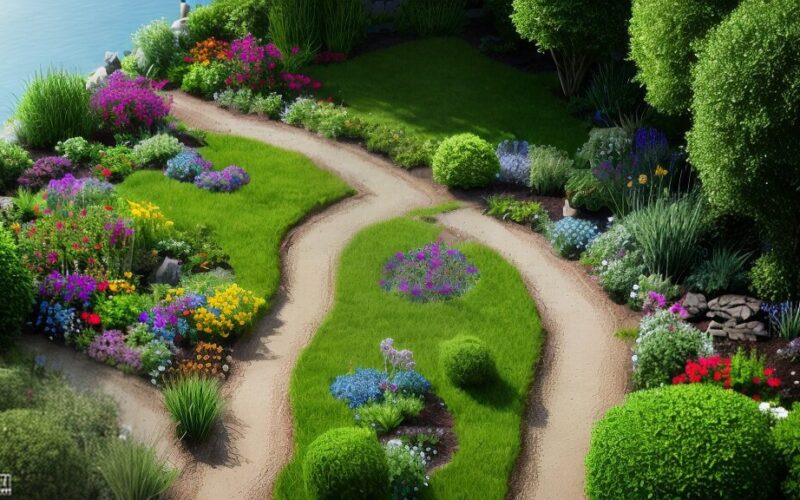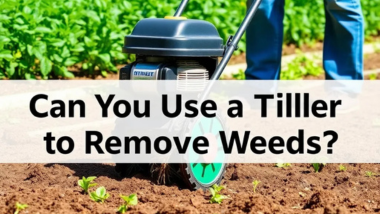If you’re planning a landscaping project that involves laying gravel, you may be wondering whether you should put plastic under it. While some people swear by this method, others caution against it. In this article, we’ll help you make an informed decision by exploring the pros and cons of using plastic under gravel.
Before we dive in, it’s worth noting that there’s no one-size-fits-all answer to this question. The decision to use plastic under gravel will depend on several factors, including the type of project you’re working on, the climate in your area, and the type of soil you have. That said, let’s take a closer look at the advantages and disadvantages of this method.
Key Takeaways
- Using plastic under gravel can help prevent weeds and improve drainage.
- However, it can also limit water penetration and potentially trap moisture, leading to mold or mildew issues.
- Proper installation and maintenance are crucial for the durability of the plastic barrier.
- Alternatives to plastic under gravel include geotextile fabric, landscape fabric, and natural weed suppression techniques.
The Pros of Using Plastic Under Gravel
If you’re considering using plastic under gravel for your landscaping project, there are several benefits to take into account.
- Preventing weeds: A plastic barrier can effectively block the growth of weeds and other unwanted vegetation, reducing the need for frequent maintenance.
- Improving drainage: Using plastic under gravel can help improve drainage by preventing the soil from mixing with the gravel and clogging up the pores of the material.
- Providing stability: The plastic acts as a stable base for the gravel, keeping it from shifting or sinking into the soil over time.
If you’re dealing with an area prone to weeds or poor drainage, using plastic under gravel is a solid option to consider. Plus, it can save you time and effort in the long run by reducing the need for frequent maintenance.
The Cons of Using Plastic Under Gravel
If you’re considering using plastic under your gravel, it’s important to weigh the potential downsides. While plastic can provide benefits such as weed prevention and improved drainage, there are also some drawbacks to be aware of.
| Disadvantage | Description |
|---|---|
| Limited water penetration | Plastic can prevent water from penetrating the soil and reaching plant roots, which can lead to dryness and nutrient deficiencies. |
| Potential for trapping moisture | Plastic can also trap moisture between itself and the soil, creating a moist environment that can lead to fungal growth and root rot. |
| Durability | Over time, plastic can break down and degrade, potentially releasing harmful chemicals into the soil. |
Additionally, using plastic can be harmful to the environment if not disposed of properly. Plastic waste can harm wildlife and contribute to pollution in oceans and other natural habitats.
It’s important to carefully consider these potential downsides before deciding to use plastic under your gravel. As an alternative, you may want to explore natural weed suppression methods or other landscaping materials that are more environmentally friendly.
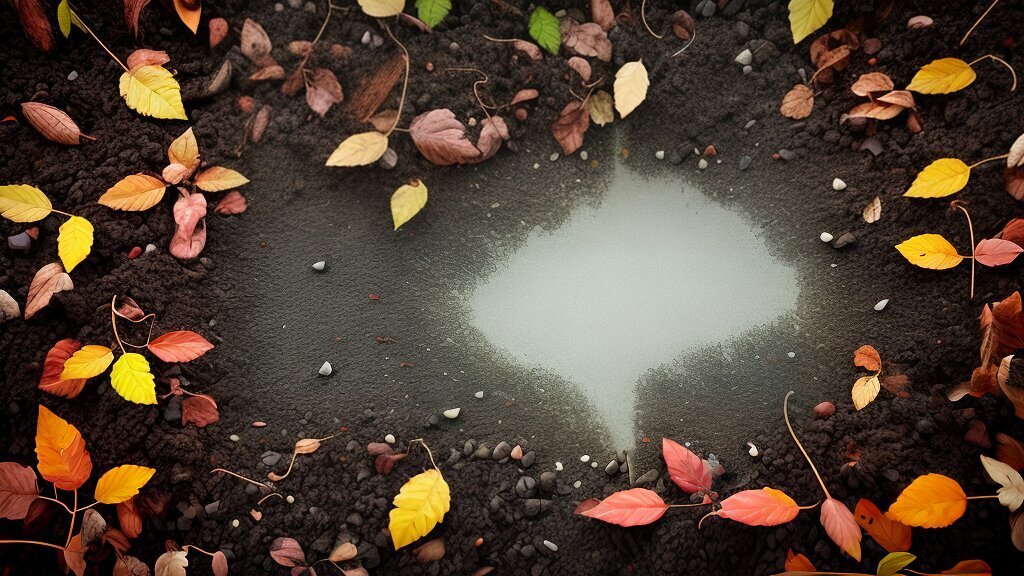
Best Practices for Using Plastic Under Gravel
If you’ve decided to use plastic under gravel in your landscaping project, there are some best practices you should follow to ensure it is effective and long-lasting.
1. Proper Installation
When installing plastic under gravel, it is crucial to make sure it is installed properly. Start by clearing the area of any debris or vegetation, then lay the plastic down and secure it in place with landscape fabric pins. Make sure that any overlapping pieces of plastic are sealed tightly to prevent water and moisture from seeping through.
2. Choose the Right Type of Plastic
Not all plastics are created equal when it comes to using them under gravel. Make sure to choose a high-quality, heavy-duty plastic that is designed for this purpose. This will ensure that it is durable enough to withstand the weight of the gravel and won’t degrade over time.
3. Maintain the Integrity of the Plastic Barrier
While plastic under gravel can be effective in preventing weeds and improving drainage, it’s important to keep an eye on its condition over time. Make sure to check the plastic regularly for any tears or holes and repair them as soon as possible. Additionally, avoid driving heavy equipment or vehicles over the plastic, which can cause damage.
4. Consider Alternatives
While plastic under gravel can be effective, it’s not the only option available. Consider alternatives such as geotextile fabric or natural weed suppression techniques like planting ground cover plants or using organic mulch.
By following these best practices, you can effectively use plastic under gravel in your landscaping project while avoiding potential pitfalls.
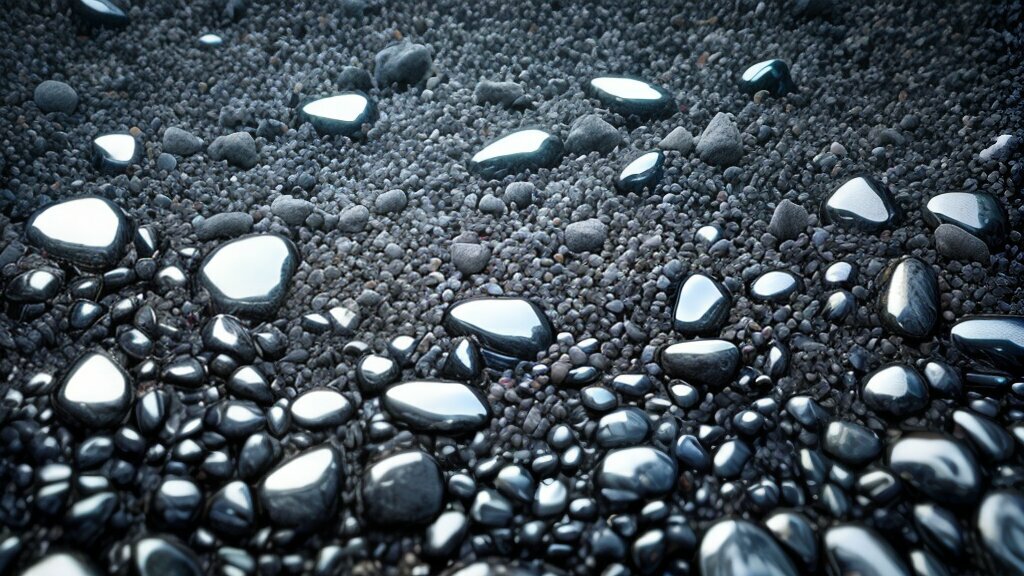
Alternatives to Using Plastic Under Gravel
While using plastic under gravel has its benefits, it may not be the best option for everyone. If you are looking for alternative methods to control weeds and improve drainage, consider the following:
Geotextile Fabric
Geotextile fabric is a permeable material that allows for water and air to pass through while preventing weeds from growing. It is made from materials like polyester or polypropylene and comes in various thicknesses. To use geotextile fabric in your landscaping project, simply lay it on the soil before adding your gravel layer.
Landscape Fabric
Landscape fabric is similar to geotextile fabric in that it is also a permeable material that allows for water and air to pass through while preventing weeds from growing. It is made from a blend of materials like polyester, polypropylene, and natural fibers. To use landscape fabric in your landscaping project, simply lay it on the soil before adding your gravel layer.
Natural Weed Suppression Techniques
If you prefer a more organic approach to weed control, consider natural weed suppression techniques like mulching or planting ground cover plants. Mulching involves laying a layer of organic material like straw or wood chips on top of the soil, which will naturally suppress weed growth. Planting ground cover plants like creeping thyme or ajuga can also help prevent weed growth and provide a beautiful, low maintenance ground cover.
Remember, it’s important to choose a weed control method that works best for your specific landscaping needs. Consider factors like the size of your project, your budget, and the types of plants you will be growing before deciding on a method.
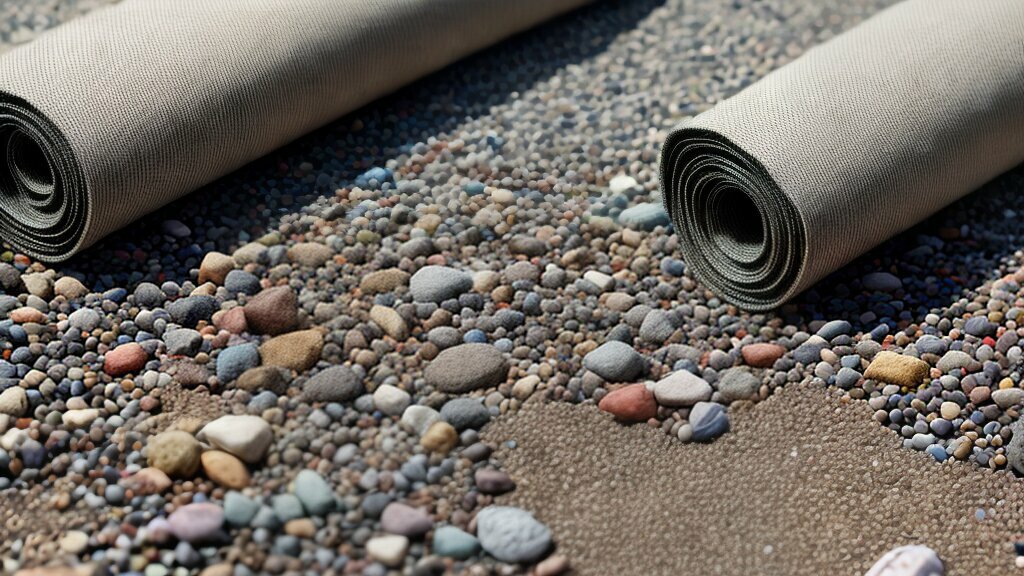
Does Plastic Under Gravel Prevent Weeds?
The use of plastic under gravel can effectively prevent weed growth by blocking sunlight and preventing the growth of weed roots. However, it is important to note that over time, seeds can still find their way into the gravel, so maintenance is required to keep weed growth at bay.
Does Plastic Under Gravel Help with Drainage?
Plastic under gravel can provide a stable base that prevents erosion and improves drainage by allowing water to flow through the gravel. However, it is important to ensure proper installation and maintenance to avoid issues such as water accumulation and mold growth.
Is Plastic Under Gravel Durable?
The durability of plastic under gravel can vary depending on the quality of the material used and how well it is installed and maintained. Over time, plastic can become brittle and crack, leading to potential issues such as trapped moisture and the need for replacement.
In conclusion, whether or not to use plastic under gravel ultimately depends on your specific landscaping needs and preferences. Before making a decision, consider the benefits of preventing weed growth and improving drainage, as well as the potential downsides of limited water penetration and the durability of the plastic. Ultimately, whether or not to use plastic under gravel is up to you.
Final Thoughts
Deciding whether to use plastic under gravel involves weighing its benefits like weed prevention and improved drainage against potential drawbacks such as limited water penetration and durability issues. Proper installation is vital, and alternatives like geotextile fabric or natural weed suppression techniques offer eco-friendly options. Consider your specific landscaping needs and preferences before making a choice, ensuring it aligns with your project goals.

